3 A guide to information resources
 Learning Outcomes
Learning Outcomes
After completing this chapter you should be able to:
- identify various types of information resources
- demonstrate an understanding of the various uses and applications of different information resources
- understand some advantages and limitations of different information resources
- know how and where to search for different information resources
Types of information resources
During your time at university, you will encounter and work with various types of resources that support your academic work. The resources you use will depend on your specific discipline and the requirements of your assessments. Below, you’ll find an overview of different academic resources and guidance on where to find them.
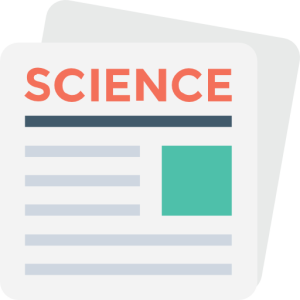 Journal articles
Journal articles
What are journal articles?
Journal articles explore very specific topics, usually through original research involving the investigation of a question or problem. They often present data, analysis, and findings to establish facts, reach new conclusions, or highlight gaps in the field of research. Journal articles are published periodically in journals.
Journal articles are considered academic or scholarly sources as they are written by academics, researchers, and other experts in a particular field of study. In addition, many undergo a peer review process where the quality is checked prior to publication. Journal articles often provide the author’s credentials, allowing you to form judgements about their expertise and authority to be writing about the topic. References in the article provide supporting evidence, enabling readers to link through to related research.
Why use journal articles?
Journal articles are useful because they:
- publish recent research, information, and statistics on a particular topic
- provide definitions for key concepts discussed in the article
- go through the process of peer review, meaning they are of high academic quality and can be trusted as reliable and credible.
Where to search for journal articles?
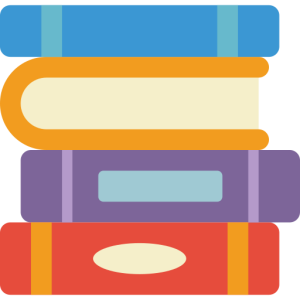 Books and book chapters
Books and book chapters
What are books and book chapters?
Books are a great source for an overview of a particular topic. As they tend to be longer, books go into greater detail than other resource types and will often introduce and explain established theories, providing notable examples of research conducted in a particular field.
Why use books?
Books can provide:
- definitions
- a broad overview of a particular field
- details of key research
Where to search for books and book chapters?
Library catalogue (filter your keyword search results by Resource Type to include “Books” and” Book chapters”).
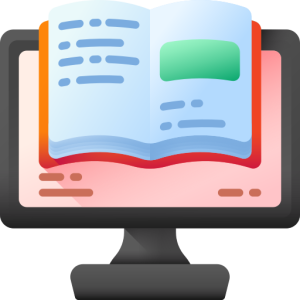 EBooks
EBooks
What is an eBook?
An eBook (short for electronic book) is a book which can be accessed online. Like print books, eBooks are a good introduction to a particular topic. Books go into greater detail than other resource types and will often introduce and explain established theories, providing notable examples of research conducted in a particular field.
Why use eBooks?
eBooks will often:
- provide a detailed overview of a particular topic
- provide references to key research in the field
- include accessibility features within their online format.
Tips for using eBooks
Once you have found a suitable eBook, click the Available Online link. This will provide the link to the database where you can read, or sometimes download, the eBook. Where a copy of the book is available, you can read the item online for as long as you require. Your session needs to remain active. If you stop interacting with the book, your session will time out and you may need to relink to the item via the library catalogue. eBooks do not need to be borrowed and returned using your library card (this will happen automatically). Once downloaded, simply read the eBook on your screen.
Some eBooks will give you an option to download which means the book can be viewed while you are not connected to the internet (you may need to download the necessary software to access the download). Once downloaded, you will usually have between 1 – 14 days of offline access to the book. Once the download period has ended, the eBook loan expires and can no longer be opened. You will need to download the eBook again to continue reading.
Why can’t I open an eBook?
Many eBooks are protected by Digital Rights Management (DRM), which affects how you can use them. DRM determines the number of people who can access an eBook at any given time, depending on the number of licenses available (eBooks commonly exist under a 1 user or 3 user licence).
If you are trying to access an eBook which can’t be opened, or will only allow you five minutes for reading, try again later (and avoid peak times like the middle of the day). You may also be able to select to be notified when the book is available to view.
Where to search for eBooks?
Library Catalogue (in Advanced Search, filter your search results by selecting “Online Resources” > “Material Type” > “Books”).
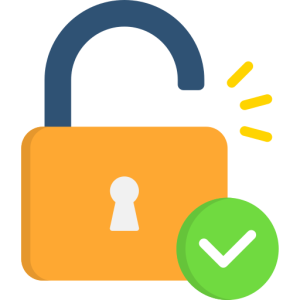 Open Educational Resources
Open Educational Resources
What are Open Educational Resources?
Open Educational Resources (OERs) are learning and teaching materials which can be freely copied, used, adapted and re-shared. OERs can be textbooks, courses, images, videos, audio, software, assignments, lesson plans and projects.
Why use an OER?
OERs are freely available and can be repeatedly accessed. They can include multimedia such as videos, quizzes, and learning modules – making them interactive and engaging. OERs can represent a wide range of perspectives, including Indigenous Knowledges.
Where to search for OER?
Browse through the library’s OER collection. There are also specific search platforms and collections where you can search for OER. Find a list of the most relevant ones here in the Open Resources guide.
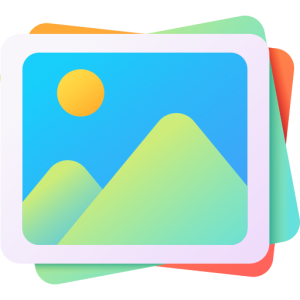 Images
Images
What is an image?
In its broadest sense, an image is a visual representation or likeness of a person or thing. Images can include paintings, photos, drawings, cartoons and illustrations, diagrams, graphs, computer graphics and plans.
An original image is considered an artistic work and is protected by copyright law.
Why use images?
It’s commonly said that a picture is worth a thousand words, so when used appropriately, images can enhance your assignments, whether their function be decorative or explanatory. However, images must be used with caution as they are protected by copyright legislation.
Ownership and use of images
It is important to consider copyright obligations when reusing an image. Don’t assume that a freely accessible image can be used without permission.
One of the easiest ways to successfully navigate your copyright obligations is to select “Open License”, “Creative Commons (CC)” or “public domain images”. Find some tips below:
- An Open License is one that grants permission to access, reuse and redistribute work with few or no restrictions. Creative Commons is the most well-known Open License system.
- A Creative Commons license doesn’t replace copyright. CC material is still protected by copyright, but the copyright owners have provided upfront permission for others to reuse their content in particular ways. You can find out more about the various CC licenses through the Creative Commons website.
- Public domain images can refer to material in which copyright has expired and can be used without restriction; or where the copyright owner gives very broad permissions to people to use the content freely.
- Find a list of platforms which offer free high-quality images under the sites licence here in the Open Resources library guide.
Attributing Open License, Creative Commons or public domain images
When using Creative Commons licensed material, provide an attribution statement following TASL:
- Title (provide the title of the work)
- Author (credit the creator)
- Source (provide the URL where the work is hosted, this might be in the form of a hyperlink in the title)
- Licence (state the CC licence you are using the work under and provide a link to the licence deed).
More information about creating Creative Commons attribution statements is provided in:
Referencing images for Southern Cross University assessments
When reproducing images, you will need to ensure that you are referencing in accordance with the appropriate referencing style for your unit. Please refer to our referencing tables and figures guides for information:
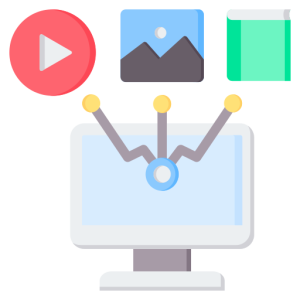 Other common resource types
Other common resource types
 GenAI Tip
GenAI Tip
GenAI tools like Microsoft Copilot, ChatGPT, Claude and Gemini can assist with summarising resources or explaining unfamiliar concepts. For example, by using Microsoft Copilot in the sidebar in your Microsoft Edge browser.
However, it’s important to remember that GenAI tools are not a substitute for high-quality academic sources. Always verify any information they provide by cross-checking with credible sources such as peer-reviewed journal articles, academic books, and official government or institutional websites.
Important: Do not input or upload copyright-protected materials (e.g. journal articles) or sensitive personal information into GenAI tools, as this may breach copyright or privacy guidelines.

